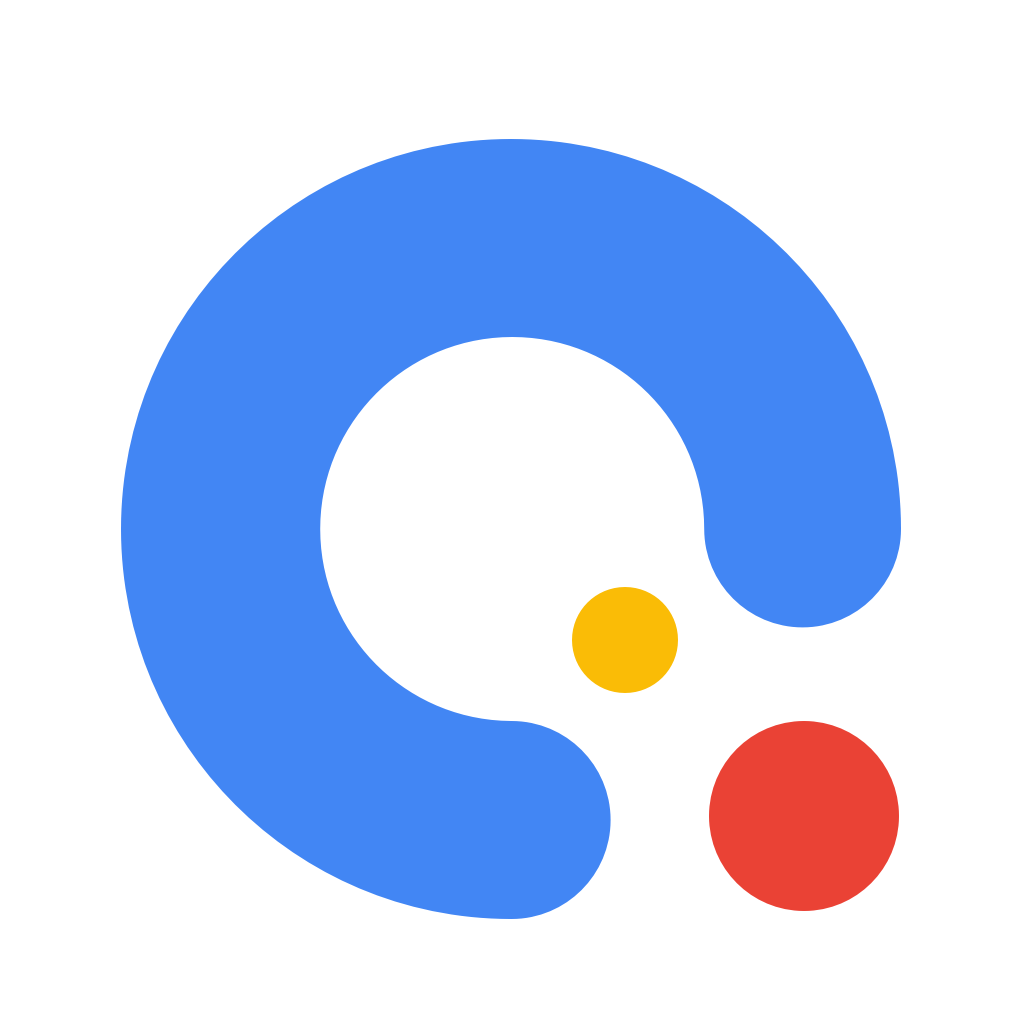# 组件基础
开发者可以将功能模块抽象成自定义组件,便于在不同的页面中重复使用。
# 创建自定义组件
和页面类似,自定义组件也由 json qxml css js 4 类文件组成。定义一个自定义组件:
- 需要在
json文件中声明"component": true - 需要在
js文件中调用Component构造方法 - 在
qxml文件中编写组件模板,细节参见 组件模板和样式 - 在
css文件中编写组件样式,细节参见 组件模板和样式
下面以 index 页面 custom 组件为例
// 页面 index 及自定义组件 custom 项目结构
└── index
├── components
│ └── custom
│ ├── custom.css
│ ├── custom.js
│ ├── custom.json
│ └── custom.qxml
├── index.css
├── index.js
├── index.json
└── index.qxml
1
2
3
4
5
6
7
8
9
10
11
12
2
3
4
5
6
7
8
9
10
11
12
需要再 custom.json 中设置 "component": true
{
"component": true
}
1
2
3
2
3
通过 Component 构造器定义组件内部数据和方法等,细节参见 Component 构造器
// custom.js
Component({
// 定义组件内部数据
data: {
name: 'custom-component'
},
// 自定组件内部方法
methods: {
customMethod() {}
}
})
1
2
3
4
5
6
7
8
9
10
11
2
3
4
5
6
7
8
9
10
11
在 qxml 和 css 文件中编写模板和样式
<!-- custom.qxml -->
<view class="name">
{{name}}
</view>
1
2
3
4
2
3
4
/* custom.css */
/* 组件内部样式 */
.name {
text-align: center;
}
1
2
3
4
5
2
3
4
5
# 使用自定义组件
使用自定义组件,首先需要在页面的 json 文件中进行引用声明,即在 usingComponents 字段下设置标签名及对应的组件路径。
{
"usingComponents": {
"custom": "./components/custom/custom"
}
}
1
2
3
4
5
2
3
4
5
这样,在页面的 qxml 中就可以像使用基础组件一样使用自定义组件。节点名即自定义组件的标签名。
- app.json 字段 usingComponents 里声明的自定义组件是全局组件,可以在所有页面和自定义组件中直接使用,无需再次声明。
- 自定义组件也是可以引用自定义组件的,引用方法类似于页面引用自定义组件的方式(使用
usingComponents字段)
代码示例:
<!-- index.qxml -->
<view>
<custom />
</view>
1
2
3
4
2
3
4
自定义组件的 qxml 节点结构在与数据结合之后,将被插入到引用位置内。
# 注意事项
- 自定义组件的标签名只能是小写字母、数字、中划线和下划线的组合,并且需要以字母开头。
←
→
在线客服
